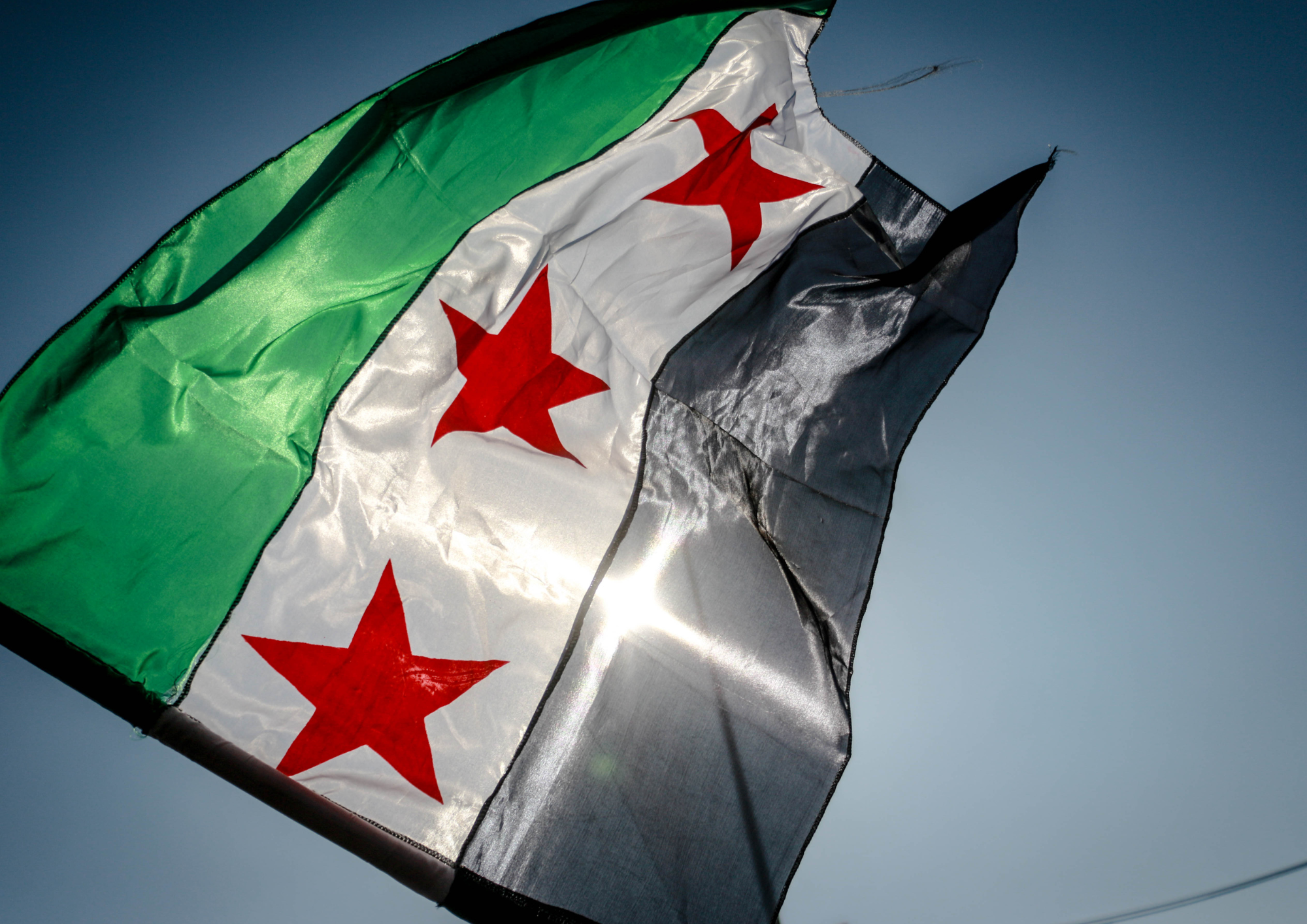A suspected chemical attack on a rebel-held Syrian town has drawn widespread international condemnation, with the United Nations saying it would investigate the bombing raid as a possible war crime. At least 72 people, including 11 children, were killed in Khan Sheikhoun, Idlib province, on April 4, 2017, according to the Syrian American Medical Society (SAMS), which runs several field hospitals in the area. More than 550 people were injured.
The deadly chemical attack in Idlib has the same strategic logic than the ones perpetrated by the Damascus regime in spring 2014: to use relatively minor chemical attacks (at the time with chlorine and possibly other strong non-lethal gases), in order to win tactical battles in strategic areas – this time in the Idlib province, from where the entrenched opposition forces threaten the Alawite heartland and the important Lattakia harbor. (1) (2)
ACCORDING TO A REPORT ISSUED IN AUGUST 2016 BY THE ORGANISATION FOR PROHIBITION OF CHEMICAL WEAPONS AND UNITED NATIONS JOINT INVESTIGATIVE MECHANISM (JIM), MANDATED BY THE UN SECURITY COUNCIL, THE SYRIAN AIRFORCE, AND ISIL, USED TOXIC CHEMICALS AS WEAPONS. (3)
It is of major interest to know if this murderous chemical air attack has been approved or coordinated with the Russian air-force active in Syria. The Russian position at the future deliberations at the United Nations concerning this grave incident will also give an indication on its political standing in the affair. The Syrian jihadist groups will have one more incentive to attack Russian civil targets in the region and on Russian soil.
Notes:
- See my article “The Strategic Significance of Syrian Regime’s Chemical Attacks” at http://blogs.timesofisrael.com/the-strategic-significance-of-syria-regimes-chemical-attacks-january-april-2014/
- As to the existence of chemical weapons in the hands of Assad’s regime, and even its new production capabilities see my article “World Inspection Didn’t Stop Syria’s Chemical Weapons Use – Why Would Iran Be Different?” at http://www.haaretz.com/opinion/.premium-1.668230
See at http://www.un.org/apps/news/story.asp?NewsID=54795#.WOSBWoiGNPY

